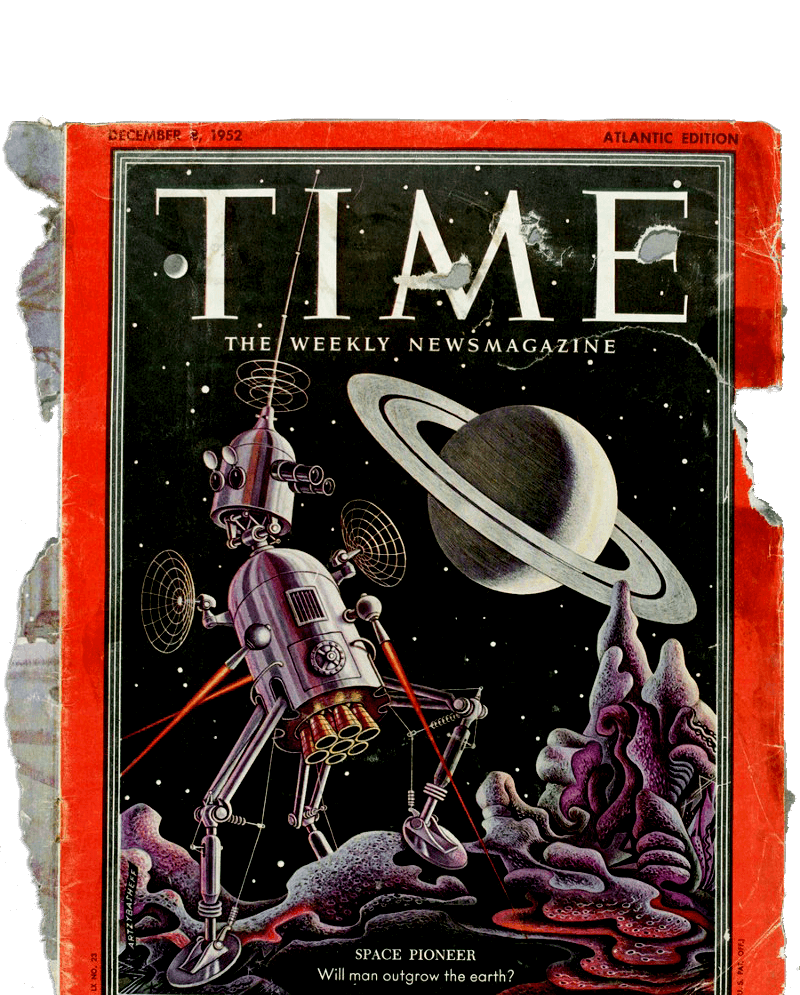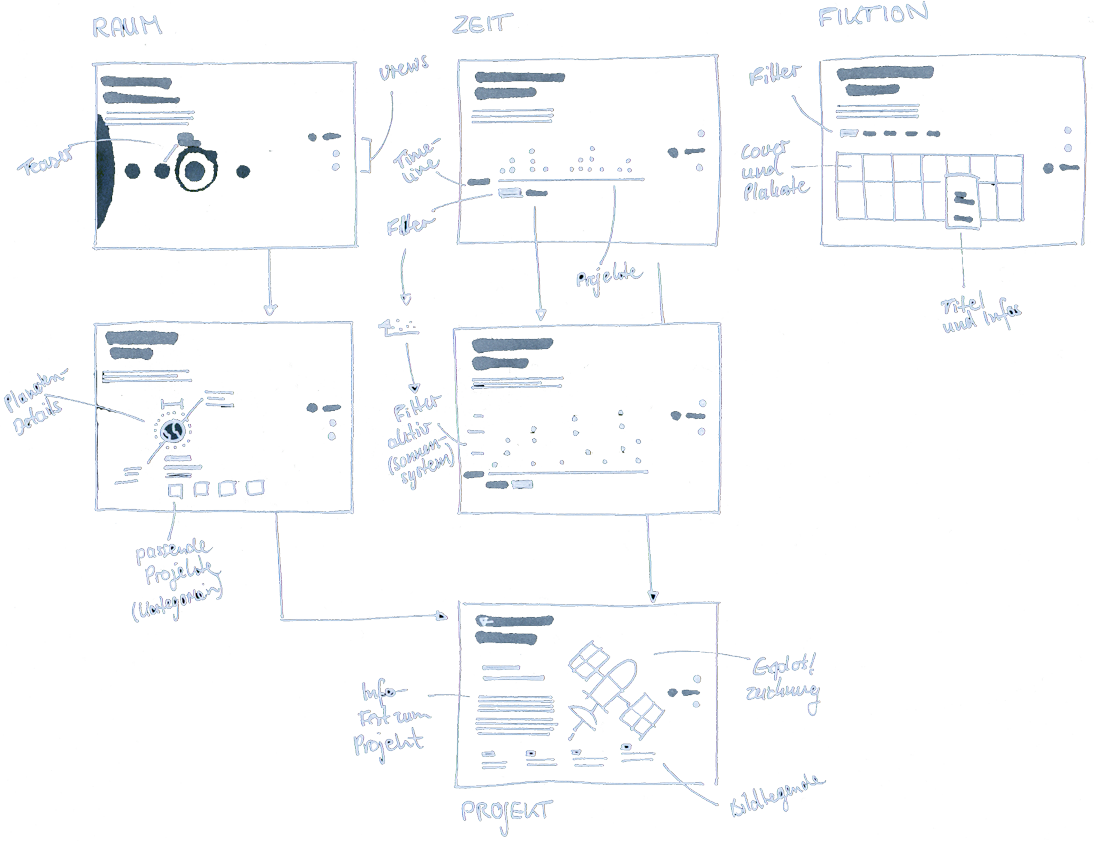Whether out of scientific curiosity or as a well-considered protective measure against fatal environmental disasters: at some point, humankind will drift out of the earth’s gravity and dive into the depths of space. If entrepreneurs and scientists such as Elon Musk, Jeff Bezos and Stephen Hawking have their way, that moment can’t come fast enough. But where would we live, and how would our way of living change?
The project Bye-Bye, Earth collects ideas of what our life on the moon, Mars, Venus or in independent space colonies could look like. Discarded ideas, failed dreams and current efforts in a compact overview: never before have future and past been so close to each other.

The research that marks the beginning of every project was particularly time-consuming in this case. Only incomplete or contradictory data existed for many missions, which had to be verified at great expense. Another factor of uncertainty: Would we be able to find enough space missions that fit your project description? In the end, it proved to be much more challenging to draw a clear line between science fiction, utopia and future prognosis. The more innovative and ambitious the mission ideas sounded, the more blurred the boundaries between these categories became.

After several weeks of research, we decided to start with 36 projects. The data sets of the individual projects include information on timeframe and destination, the commissioning party or idea provider, and the degree of fiction. The user flow outlined above allows the user to conduct an exploration sorted by time, space and fiction.
Bye-Bye, Earth is an explorative infographic that allows the user to discover the curated project collection piece by piece. Sorting either by time, destination in space or degree of fiction provides an individual starting point for every user based on their interests.
Orbits, rocket launches, zero gravity – motion plays a vital role in the storytelling of Bye-bye, Earth. That is why we integrated lots of subtle micro-animations to resemble the look and feel of space, e.g. orbiting dwarf planets for hover states or smoothly floating navigation elements. We’ve chosen the supreme discipline of construction drawings to present the spaceship models: exploded view drawings that dismantle into pieces when you hover over them.



How do you visualise projects that, for the most part, never left the concept phase and for which barely any usable visual material exists? However, an analysis of our data sets brought to light some early construction plans and concept drawings. That was the starting point to create an exploded view for each project as a key piece of the project pages.
In the first iteration, our complex vector graphics quickly reached performance limits on the web. The large number of individual elements forced us to make a fundamental decision: should we convert the complex drawings into video format or simplify the graphics?
Finally, to maintain a playful user experience, we reduced the complexity of your exploded view drawings to the point where the individual parts could be reliably controlled and placed via css.